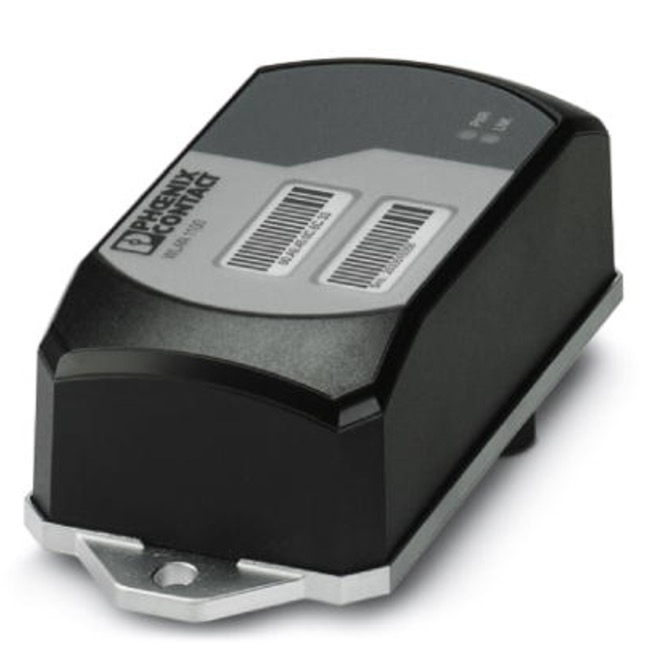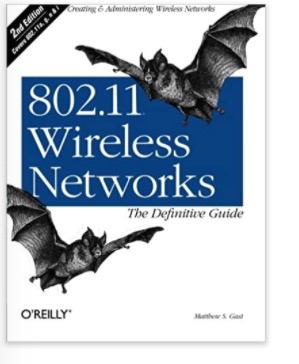Recent Posts
Industrial Wireless Ethernet Module With IP54-Rated Enclosure Combined With 802.11n Technology
Posted by on
The FL WLAN 1101 wireless module from Phoenix Contact combines access point and antenna technologies in a single housing. It is mounted like an antenna directly to the machine, mobile vehicle, or control cabinet, saving space within the cabinet.
Two internal antennas with multiple-input, multiple-output (MIMO) technology provide coverage. This is designed to eliminate the cost of external antenna systems and simplifies the WLAN connection to the machine.
The WLAN 1101 is mounted using single-hole assembly connected to the system via standard power and RJ45 Ethernet connectors.
The WLAN 1101 is designed for industrial environments. It is shock-proof, according to IK08, so it can even withstand strong mechanical loads.
Features of the FL WLAN 1101 line include:
- 802.11n technology with backwards compatibility to 802.11a/b/g networks
- Up to 300 Mbps data throughput
- Dual internal 5 dBi multiple-input/multiple-output (MiMo) antennas
- Full-function access point, repeater, client functionality
- Simultaneous access point and client or dual-access point function
- MAC-based DHCP server functionality
As we all know by now, wireless networks offer many advantages over fixed (or wired) networks. Foremost on that list is mobility, since going wireless frees you from the tether of an Ethernet cable at a desk. But that's just the tip of the cable-free iceberg. Wireless networks are also more flexible, faster and easier for you to use, and more affordable to deploy and maintain.
The de facto standard for wireless networking is the 802.11 protocol, which includes Wi-Fi (the wireless standard known as 802.11b) and its faster cousin, 802.11g. With easy-to-install 802.11 network hardware available everywhere you turn, the choice seems simple, and many people dive into wireless computing with less thought and planning than they'd give to a wired network.
But it's wise to be familiar with both the capabilities and risks associated with the 802.11 protocols. And 802.11 Wireless Networks: The Definitive Guide, 2nd Edition is the perfect place to start.This updated edition covers everything you'll ever need to know about wireless technology.
Designed with the system administrator or serious home user in mind, it's a no-nonsense guide for setting up 802.11 on Windows and Linux. Among the wide range of topics covered are discussions on:
- Deployment considerations
- Network monitoring and performance tuning
- Wireless security issues
- How to use and select access points
- Network monitoring essentials
- Wireless card configuration
- Security issues unique to wireless networks
With wireless technology, the advantages to its users are indeed plentiful. Companies no longer have to deal with the hassle and expense of wiring buildings, and households with several computers can avoid fights over who's online. And now, with 802.11 Wireless Networks: The Definitive Guide, 2nd Edition, you can integrate wireless technology into your current infrastructure with the utmost confidence.
 Loading... Please wait...
Loading... Please wait...


